Progressive overload
Progressive overload
There are many ways to adapt your workouts to encourage muscle development (hypertrophy), this is known as progressive overload, gradually increasing the demand on your body to force it to improve.
Every method of progressive overload is simply to add a new stimulus to the body and muscles. These techniques force your body to adapt and grow due to biological response.
Of course you’ll be familiar with the standard add more weight to your exercise and this is one way of progressive overload but hopefully I can show you other ways that can make your training variable and interesting to reduce risk of any plateauing to further increase your development whilst training. 💪
Increase intensity 🏋🏿
Let’s start with the obvious and the easiest way to track. You’re simply adding more weight to the bar, machine, or dumbbell/free weight etc. This of course is effectively making you lift more weight then last time. A effective way of doing this could be using pyramid sets for example, where you increase a small amount on every set.
❌ However! When using this method of progressive overload, you need to be mindful that you do not compromise your form during the exercise. Beware not to add too quickly resulting in loss of technique and increasing your risk of injury.
Increase volume 🔢
This is the total amount of work you perform in a session. As you adapt to the changes in volume your cardiovascular fitness and endurance will improve. Here are ways you can increase volume in your workouts.
✅ increase repetitions
✅ increase sets
✅ increase amount of exercises per muscle group
Increase frequency 🗓
How often do you train? This could be increasing the number of times you train a particular muscle group, say a leg day is 1x a week and you increase it to 2 x a week. Or this could be simply increasing the number of days you workout, eg 2 x a week to 3 x a week.
Increasing time under tension ⏳
To make a workout more challenging you can change its intensity by slowing the reps down or including a ‘hold’ at the end of a movement. For example, if you are on a seated row, you can row more slowly or pause for a few seconds on the back squeeze cycle of the exercise.
Holds can increase the time that your muscles are under stress, which will aid in building muscular endurance.
⏱️Ideally sets should be performed in around 45 seconds or more to maximise time under tension.
Decrease rest period 🛌
Resting for shorter interval times between sets can help your body increase metabolic efficiency, which refers to the body’s ability to preserve glycogen and burn fat as fuel.
❌ However We also need to remind ourselves that our overall goal is to perform the exercise correctly and safely so beware of decreasing rest time too low if performance suffers with lack of recovery.
Remember
Progressive overload is not linear. Bodies do have limits, be aware that progressive overload training can lead to plateaus and injury from overtraining. Speak to your coach, who will give you the best advice on when or if you can adjust one of the points above.






